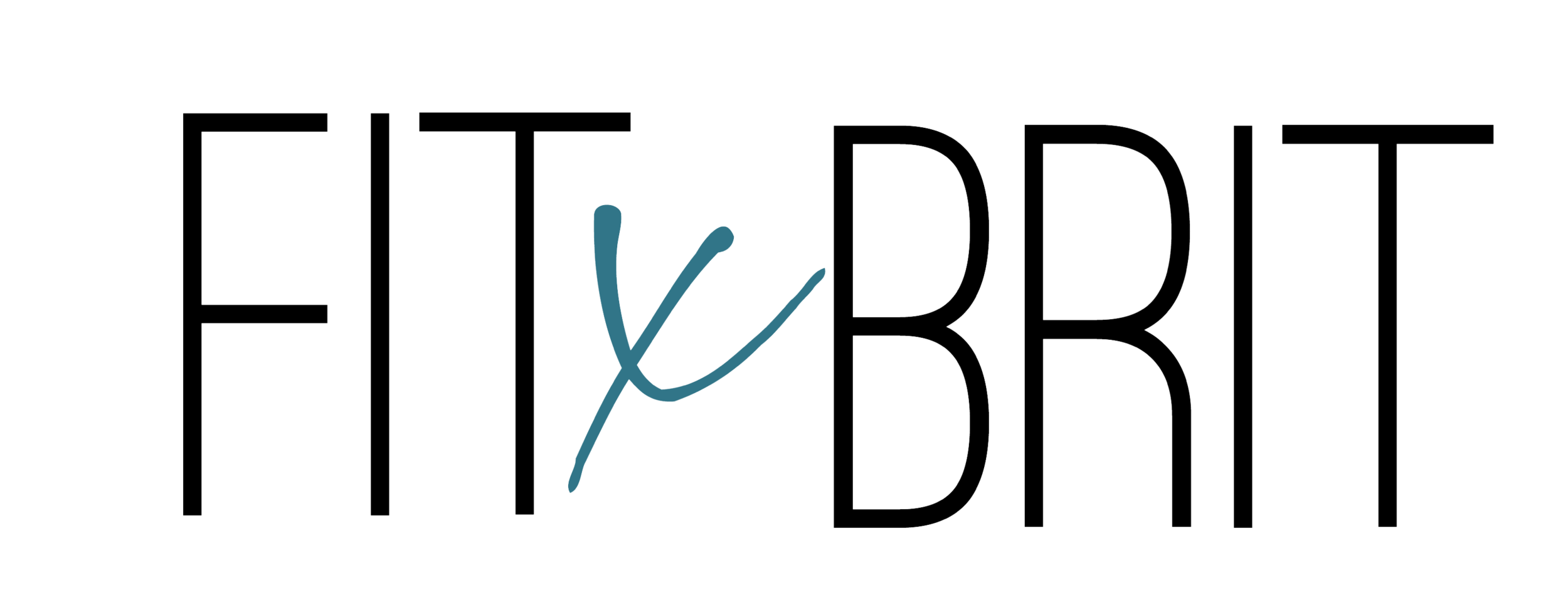3 Steps to Relieve Anxiety Naturally
A small spark of stress can ignite a firestorm of anxiety, but it doesn’t have to. You can manage your brain’s alarm system the natural way. These three steps guide your body to relieve the alarm chemicals and turn on the happy chemicals. All it takes is twenty-two minutes and sincere commitment.
Thank your brain for the information (1 minute)
Your brain is designed to scan for threats. It is good at finding potential threat signals because that helped your ancestors survive. But it can fill your life with threatened feelings unless you learn to manage your natural alarm system. Putting a pillow over an alarm doesn’t work. It leaves you with a nagging feeling that something is wrong. So instead of trying to squash a bad feeling, invite it into your conscious mind.
Say, “Thank you brain for trying to protect me from ______.” Get specific about the threat you perceive. Then you can decide whether it’s a real emergency, or just new energy flowing into an old neural pathway. You can decide whether you want to invest more energy into that thought or re-direct it elsewhere.
our brain is designed to protect you from touching a hot stove twice. It goes into full protection mode when it sees a hint of something that hurt you before. Don’t curse your brain for doing this. Just thank it for its good intentions. Now you’re free to move on.
Do something fun (twenty minutes)
Anxiety is cortisol, the chemical that helped our ancestors escape from predators. Cortisol has a half life of twenty minutes, which means your body eliminates it shortly as long as you don’t trigger more. But you do trigger more because the alarm tells your brain to look for evidence of threat. You are good at finding evidence when you look!
Instead, distract yourself with something fun for twenty minutes. Half of your cortisol will be gone, and in forty minutes you’ll have metabolized 75% of it. Be prepared with an activity that absorbs your brain in a pleasant way. It could be a craft or music or a comedy recording, or my personal favorite: stretching while watching a foreign-language video. Exercise is fine as long as you enjoy it. If you stress over your reps or your yoga poses, this is not the time for that. If your mind goes to dark places during your walk in the park, add something fun.
Be sure to stop after 20-40 minutes because you need Step 3 to get your happy chemicals going.
Take your next step (1 minute)
Our ancestors lived in a dangerous world, but they did not stay home and wait for the perfect world to arrive. They had to go out and meet their needs, and fortunately, that is what stimulates our happy chemicals. Dopamine is released when you step toward meeting a need, and it feels good. Your step may not succeed, but you can take another step, and another.
You may think you lack the time to take a step, or the money or opportunity. That thought is a neural pathway. Here’s a new way to think about meeting your needs: break your challenges into small chunks, and take the first step of the first chunk. Your dopamine drips each time you see yourself getting closer to a reward. It’s only a tiny drip, so keeping following up with the next step and the next. This is the happiness nature endowed us with.
Find a step you can take by the end of the day. You don’t have to sing in Carnegie Hall or rescue orphans from burning buildings to feel good. Small steps count if you keep repeating them.
A Real-Life Example
When I feel stressed, I stop and ask myself what triggered it. Often, it’s the frustration of wanting to do something and not wanting to do it at the same time. I think of everything that could go wrong if I do it, and everything wrong with not doing it. Now I know I have triggered the alarm with my own thoughts. It feels good to know the difference between a real threat and my own creation.
I know I will feel better if I re-direct that energy toward meeting a need. But which step toward which need? I don’t answer that while my cortisol is surging. I walk up the hill near my house while listening to something uplifting. Or I chop vegetables while listening to something that’s engaging and not angry. If I’m in a public place, I walk up and down stairs while listening to something fun.
Twenty minutes later, I am ready for my next step toward rewards. Our brain defines rewards with neural pathways built from past dopamine experiences. This leaves us tempted to repeat ourselves, doing whatever worked long ago even though we know the consequences today. So I spend a minute looking for a creative new way to give my brain the “I can get it” feeling of dopamine. I take the step immediately or calendar an exact time. I always find a step I can take because I focus on steps I have control over.
Our brain evolved to promote survival, not to make you feel good all the time. It is designed to meet needs and avoid harm. Bad feelings help you avoid harm and good feelings help you meet needs. Bad feelings get priority because our brain evolved in a world of immediate survival threats. But you can always redirect your brain to meeting needs - and it feels good!
You May Also Like
LORETTA BREUNING, PhD, is Founder of the Inner Mammal Institute, which offers resources that help people rewire their mammalian brain chemistry to live happier, healthier lives. As Professor Emerita of Management at California State University, East Bay, her work has been featured in Forbes, Time, NPR, The Wall Street Journal, Psychology Today, Men’s Health, The Dr. Oz Show, and many more nationally-recognized outlets.
Dr. Breuning’s other books include Habits of a Happy Brain: Retrain your brain to boost your serotonin, dopamine, oxytocin and endorphin levels and The Science of Positivity: Stop Negative Thought Patterns by Changing Your Brain Chemistry. She is a graduate of Cornell and Tufts Universities.
Before teaching, Dr. Breuning was a United Nations Volunteer in Africa. Later, she volunteered as a Docent at the Oakland Zoo.
For more information on Dr. Breuning visit https://innermammalinstitute.org/ and connect with her on Twitter, LinkedIn and Facebook.
Tame Your Anxiety is currently available on Amazon.











